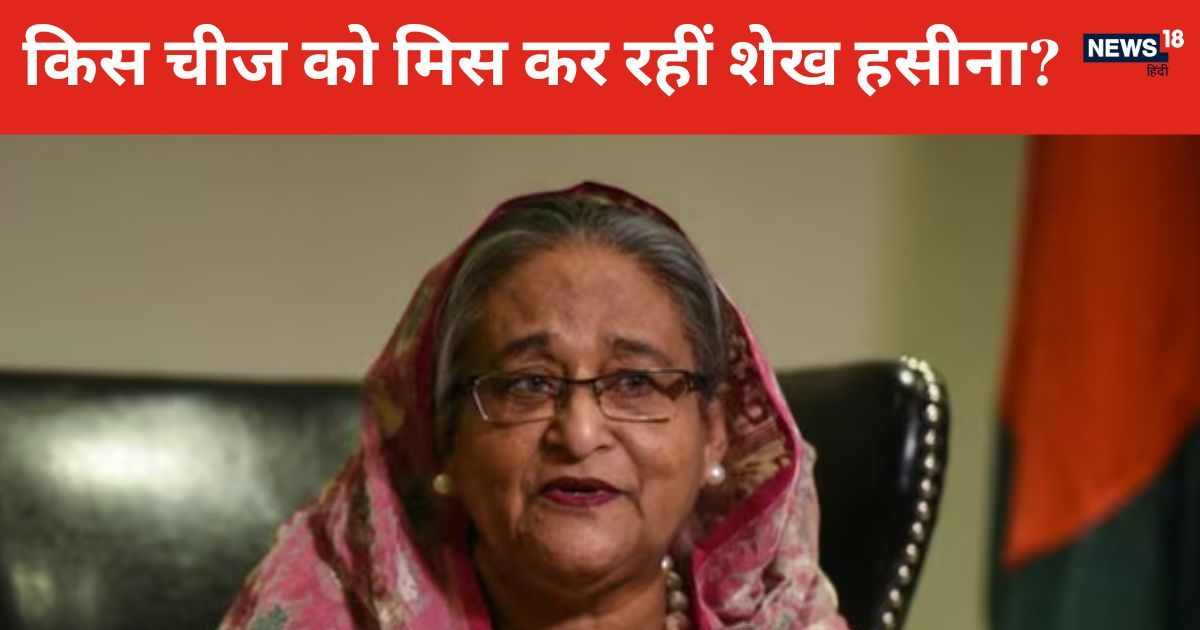NEW DELHI: Aam Aadmi Party, which is the only party to have announced candidates for all 70 seats for the Feb 5 assembly elections in Delhi, has undergone significant transformation in its character and approach since the last polls in 2020. The party, which once talked about Congress and BJP as being chips off the same block and enmeshed in corruption, now prioritises electoral win in selecting candidates and has nominated eight individuals who were earlier members of BJP and Congress.
Some long-standing members who were associated with the party since the Anna Hazare era have departed, among them Rajya Sabha member Swati Maliwal and minister Kailash Gahlot. Maliwal left after accusing Arvind Kejriwal’s aide Vibhav Kumar of physically assaulting her, while Gahlot charged the party with deviating from its founding principles. The two Dalit ministers, Raaj Kumar Anand and Rajinder Pal Gautam, quit the party claiming AAP wasn’t attentive to scheduled castes.
Following corruption allegations against senior functionaries, AAP was beset with internal challenges until Kejriwal was released on bail from jail in Sept last year. His presence helped reunite the party and present a cohesive front to the public. Its electoral strategy continues to centre on Kejriwal’s leadership, emphasising his “ability” to fulfil promises. The party has announced direct transfer of Rs 2,100 to women, garnering positive support among the public. To counter criticism about the funds required for such an outlay, Kejriwal described himself as a “magician of finances”, asserting that “only” he knew how to save money to fund such programmes.
Since the 2020 polls, AAP’s leadership has undergone substantial changes, partly forced by desertions and partly by imperatives after the jailing of Kejriwal and deputy CM Manish Sisodia on corruption charges. Atishi, Saurabh Bharadwaj and Durgesh Pathak rose to prominence as key party representatives, assuming duties formerly managed by Sisodia and incarcerated minister Satyendar Jain.
The party has also focused on building an organisation structure with Rajya Sabha member Sandeep Pathak taking on the main responsibility. Pathak, an MP from Punjab, played a pivotal role in the party’s victory in Punjab in 2022 and now focuses on grassroots mobilisation. Vijay Nayyar, who was arrested in the excise policy case, also acts as the backroom boy on formulating AAP’s election strategy.
For AAP, winning Delhi again is about vindicating it’s stand that its functionaries were framed by BJP in a cynical turf war. Kejriwal, when resigning as CM, declared that the people’s court would decide the corruption allegations. An AAP functionary said, “The people of Delhi know that our leaders were wrongly framed after BJP realised it couldn’t defeat us democratically. We have made Delhiites’ lives easier. No other state gives so much to people in the form of free services.”
AAP has had three significant turnouts in assembly elections. It’s first ever foray as a political party in 2013 got it 28 of Delhi 70 assembly seats. It formed the govt with Congress support that lasted 49 days. In 2015, it got a landslide victory, triumphing in 67 seats. It maintained its dominance in 2020 by grabbing 62 seats. However, AAP’s performance in the Lok Sabha polls has been notably poor and it failed to secure any of the seven parliamentary seats in the last three general elections. The Lok Sabha voting in terms of assembly seats shows that AAP led in only five seats in 2019, the rest going to BJP. In 2024, BJP had leads in 52 constituencies, while AAP had the upper hand in 10 and Congress in eight.




